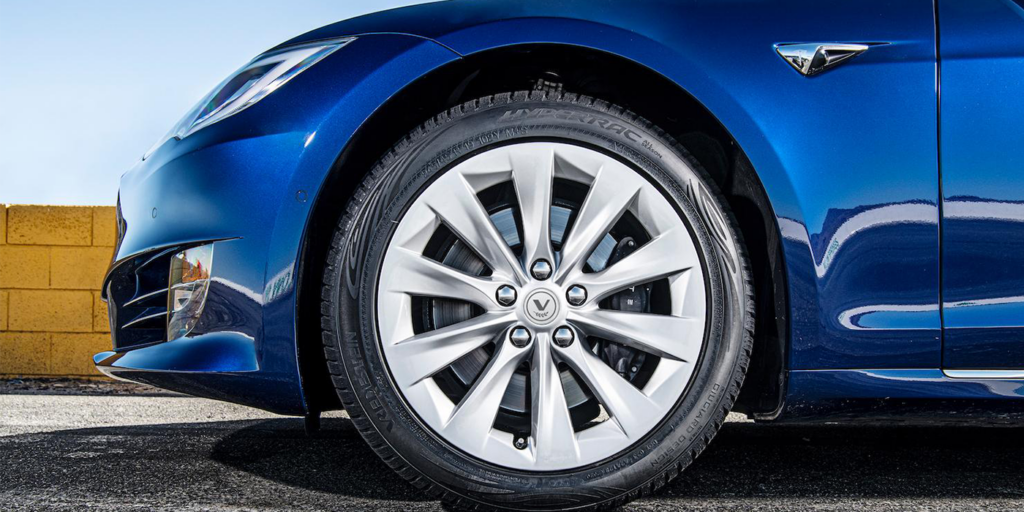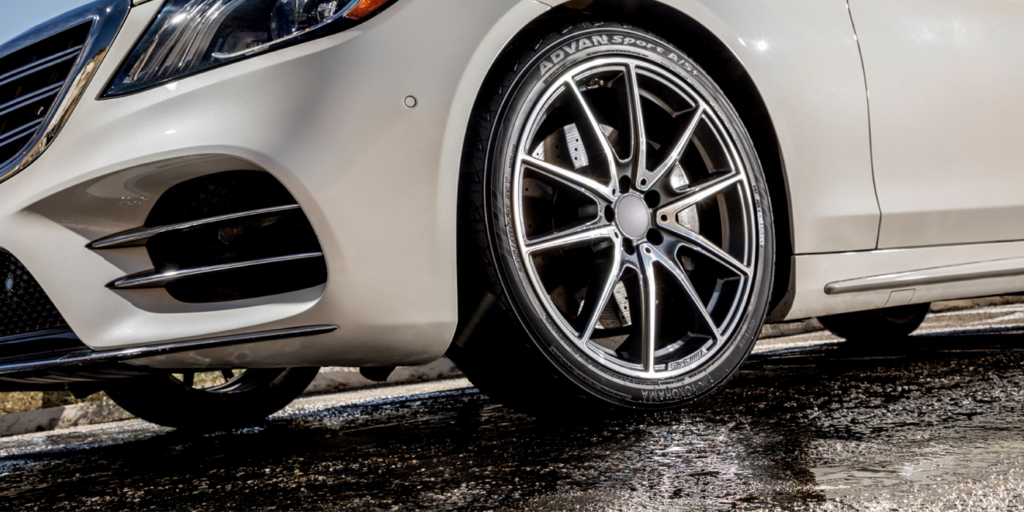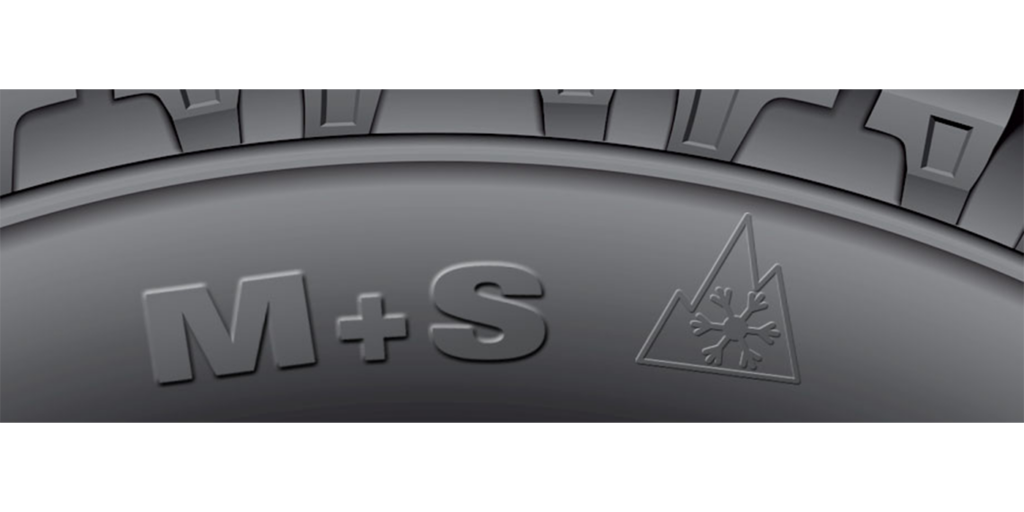When it comes to all-season and all-weather tires, consumer expectations have been a driving force in both segments, affecting everything from OE fitments and sales trends to tire performance. Essentially, consumers want the convenience of not having to swap tires every winter, as well as the safety and performance provided by capable all-weather tires, according to Tsuyoshi Johnson, PCR tires product manager for Falken.
“In the eyes of a consumer, the ideal situation would entail thinking about their tires as little as possible,” he says. “That includes not having to swap them when winter weather rolls around. Not only does this potentially help them save money by not having to purchase a second set of wheels and tires, it’s simply more convenient — and convenience is the name of the game, especially after everyone’s become accustomed to doing basically anything they want from the comfort of their home the past couple years.”
In addition to added convenience, consumers also expect better products year after year.
“One area in which drivers are demanding improved tire performance is winter traction,” Johnson says. “Consumers are only able to forego the swapping of winter tires if they have all-season tires that truly perform in all seasons and conditions. Fortunately, the industry has continued to deliver products that meet and exceed consumer expectations.”
According to Drew Dayton, Yokohama Tire senior product planning manager for consumer tires, the all-weather tire category has grown in recent years with new competitors and additional vehicle categories.
“All-season tires continue to dominate the replacement market and more new vehicles are coming with higher performance all-season tires as OE,” he says, adding that in the next five years, all-season and all-weather categories are expected to maintain their overall market share, with some all-weather tires replacing all-season.
J Downey, senior manager of product and pricing for Apollo Vredestein, says that new vehicle sales continue to increase the overall car park in North America, which is now on a trajectory to meet pre-pandemic expectations. He predicts a 5 percent increase in compound annual growth rate for all-season and all-weather products.
As the tires grow in popularity, it’s important for dealers to understand the nuanced differences between all-season and all-weather offerings, as well as what’s most important to customers in this segment.
All-Season vs. All-Weather
In a growing number of regions, all-season and all-weather tires have become a necessity as we contend with weather patterns that have increased in both severity and unpredictability in recent years, Johnson says.
But what exactly are the differences between the two closely related tire types?
Essentially, all-season tires are engineered to get drivers through the mildest conditions they may face in any season, whether it be hot asphalt in summer, wet spring roads, or light snow in early winter. All-weather tires are designed to deliver strong performance year-round, despite weather conditions (with the exception of heavy snow).
“All-weather 3PMS (3-Peak Mountain Snowflake Symbol) tires will perform much better in snow than all-season, and will typically trade off some wear performance, noise and possible wet performance,” Dayton says. ”All-season tire performance shifts the balance toward wet, dry and wear performance.”
“The main difference between all-season and all-weather tires is the latter’s focus on providing more acceptable winter performance,” Johnson says. “As a result, it’s difficult for all-weather tires to match the level of tread life expected from an all-season. However, recent improvements in tire design and technology have closed the gap between the two product segments in regards to tire life.
“All-weather tires are engineered with compounds that can be utilized in a wide range of weather conditions while maintaining the tire life that’s expected from a touring tire,” he adds. “They also have tread patterns that feature an increase in lateral edge components to improve snow traction.”
According to Downey, all-weather tire volume has realized share gains primarily from the winter tire segment, with technology enhancements backed by marketing efforts to support the 3PMS designation. He says that sales demand will continue to increase due to their profitability for manufacturers and retailers, topping the 50 million annual sales mark by 2027.
All-weather tire sales in the U.S. have nearly doubled over the past couple years, Johnson adds. January 2020 saw 1.2 million units sold compared to January 2022’s 2.1 million units.
“This has coincided with a slight decrease in both all-season and winter tire sales,” he says.
3PMS vs. M+S
In addition to the 3PMS symbol (also referred to as the “severe weather” or “alpine” symbol), some tires carry a M+S (mud and snow) designation on their sidewalls.
According to one Discount Tire blog, the M+S (or M&S, M/S or MS) symbol first made its appearance in the 1970s, primarily on all-terrain tires. “The original point of the designation was to decipher by the name that the tread would be of the knobby variety — a tire that you could reasonably expect would do better than a standard street tire in mud or snow just by looking at it,” the blog states.
In other words, M+S is not performance-based, while 3PMS is, notes Johnson.
“Tire manufacturers aren’t required to prove any advanced level of snow or ice traction to boast the M+S symbol; they simply need to design the tire with a specific tread pattern that ‘looks the part,’” he says. “Meanwhile, tires with the 3PMSF symbol have to prove that they’re at least 10% more effective in winter conditions than a typical all-season tire.”
Meeting Customer Needs
When it comes to determining which type of tires — all-season or all-weather — will be best suited for a customer’s vehicle, it’s important to consider geographic location and where the customer will primarily be driving.
“If the customer lives in a snowy region or often visits somewhere that gets snow, then an all-weather tire may be the better option if only one set of wheels/tires is available,” Dayton says. “For best winter performance, a dedicated winter tire for the snowy season is recommended. If a customer only occasionally visits snowy regions, then an all-season tire provides adequate performance in winter.”
Downey says it’s important for tire dealers to have forecasting accuracy to ensure a full portfolio of all-weather products in order to meet the needs of the consumer. He adds that these customers prioritize appearance, longevity, product and mileage warranties, comfort and handling.
“If the all-weather segment continues to mature, we will certainly see segments form within the all-weather segment, as is the case with the all-season category,” Johnson says. “All-season tires vary from touring to high-performance to UHP, so saying someone uses all-season tires is only part of the story.
“With that being said, we believe different customers in search of all-weather tires may be looking for different things,” he adds. “Folks seeking performance will opt for more performance-oriented all-weather products, while those hoping for a long-lasting tire will look to the touring segment.”
















